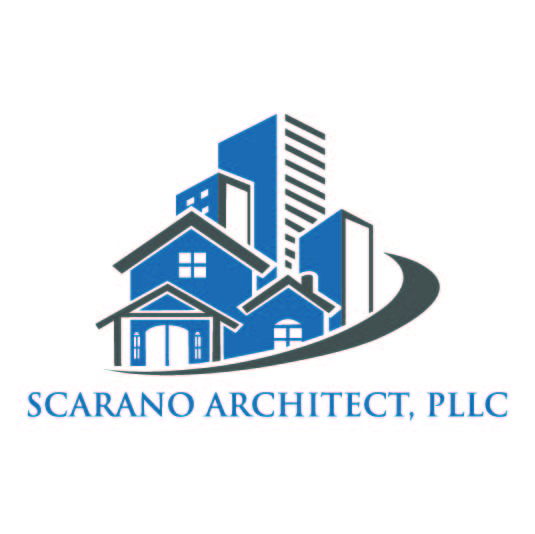The IGBC stands for “Indian Green Building Council.” It is the first-ever rating program developed in India. This rating system has been developed based on materials and technologies that are currently available. This rating system facilitates the development of energy-efficient, water-efficient, healthy, more productive, environmentally friendly factories. Based on the national standards, this program is adopted by many leading architects and developers, allowing them to contribute toward sustainability in their unique way.
All the IGBC rating systems are voluntary, consensus-based, market-driven building programs. The rating systems are based on the five elements of nature (Panchabhutas), and they are a perfect blend of ancient architectural practices and modern technological innovations. In yoga, Ayurveda, and Indian philosophy, the five elements are known as Pancha bhootas. These five basic elements are earth, water, fire, air, and space or ether. They represent the physical and energetic qualities of the human body and of the physical world.
The objective of the IGBC Green New Buildings rating system is to facilitate a holistic approach to creating environmentally-friendly buildings, through architectural design, water efficiency, effective handling of waste, energy efficiency, sustainable buildings, and focus on occupant comfort and well-being.
The rating system evaluates certain mandatory requirements and credit points using a prescriptive approach on a performance-based approach. The rating system is evolved to be comprehensive and at the same time user-friendly. The program is fundamentally designed to address national priorities and quality of life for occupants.
Some of the unique aspects addressed in this rating system are:
- Recognition for architectural excellence through integrated design approaches.
- Recognition for passive architectural features.
- Structural design optimization regarding steel and cement. This is a developmental credit. Projects are encouraged to attempt this credit, to help IGBC in developing baselines for future use.
- Water use reduction for construction. This is also a developmental credit.
- Based on the feedback from green building proponents, the use of certified green products will be encouraged. IGBC has launched a new initiative to certify green products to transform markets. Products would be evaluated right from extraction to disposal.
- Handholding from IGBC counselors will now be available for the projects.
- A site visit and audit are proposed before the award of the rating.
- Projects are encouraged to report energy and water consumption data on an annual basis, to facilitate research in this area.
IGBC Green New Building Rating System is designed primarily for new buildings, both air-conditioned and non-air-conditioned buildings. New buildings include but are not limited to offices, IT parks, banks, shopping malls, hotels, airports, stadiums, convention centers, educational institutions, libraries, museums, etc.
Building types such as residential, factory buildings, schools, and integrated townships will be covered under other IGBC rating programs.
IGBC Green New Building rating system is broadly classified into two types:
- Owner-occupied buildings are those wherein 51% of the building’s built-up area is occupied by the owner.
- Those wherein more than 1% or more of the buildings built-up area is occupied by the tenants.
The Indian Green Building Council which is part of the Confederation of Indian Industry (CII) was formed in the year 2001. The vision of the council is, “to enable a sustainable built environment for all and facilitate India to be one of the global leaders in the sustainable built environment by 2025.” This council is committee-based, member driven, and consensus-focused. All of the stakeholders of the construction industry comprising architects, developers, product manufacturers, corporate, government, academia, and nodal agencies participate in the council activities through local chapters. The council also actively works with several State governments, Central governments, World Green Building Council, and bilateral multi-lateral agencies in promoting green building concepts in the country.
Scarano Architect, PLLC has been adhering to the eco-friendly building trend since the early 2000s. Bright and Green is an award-winning multi-family residence built by our firm in 2013. It is an example of “Net Zero Living” in Brooklyn. Highly eco-friendly, multi-use, comprised of six studio apartments, one- and two-bedroom apartments, and commercial space. Including 133 solar panels, wind turbines, geo tube geothermal and solar heating, liquid desiccant technology, landscaping and bio-filtration, Passive House design, triple-glazed Krypton-filled solar thermal treated glazing, reclaimed flooring, Energy Star appliances, landscaped decks, birdhouses for migratory species, collection pond and stream, and ocean views. This model of efficiency is an illustration of an American architectural firm adhering to the IGBC guidelines. At Scarano Architect, PLLC, we understand and believe in the future of eco-friendly buildings, and we encourage and embrace it. (Architectural Design)



